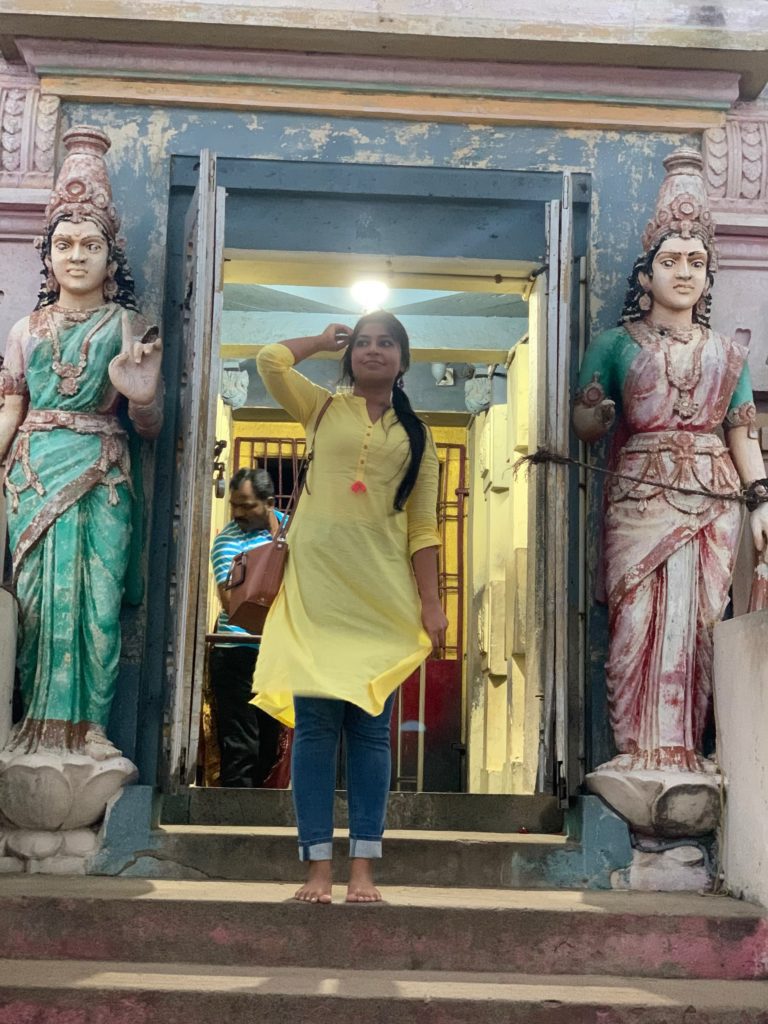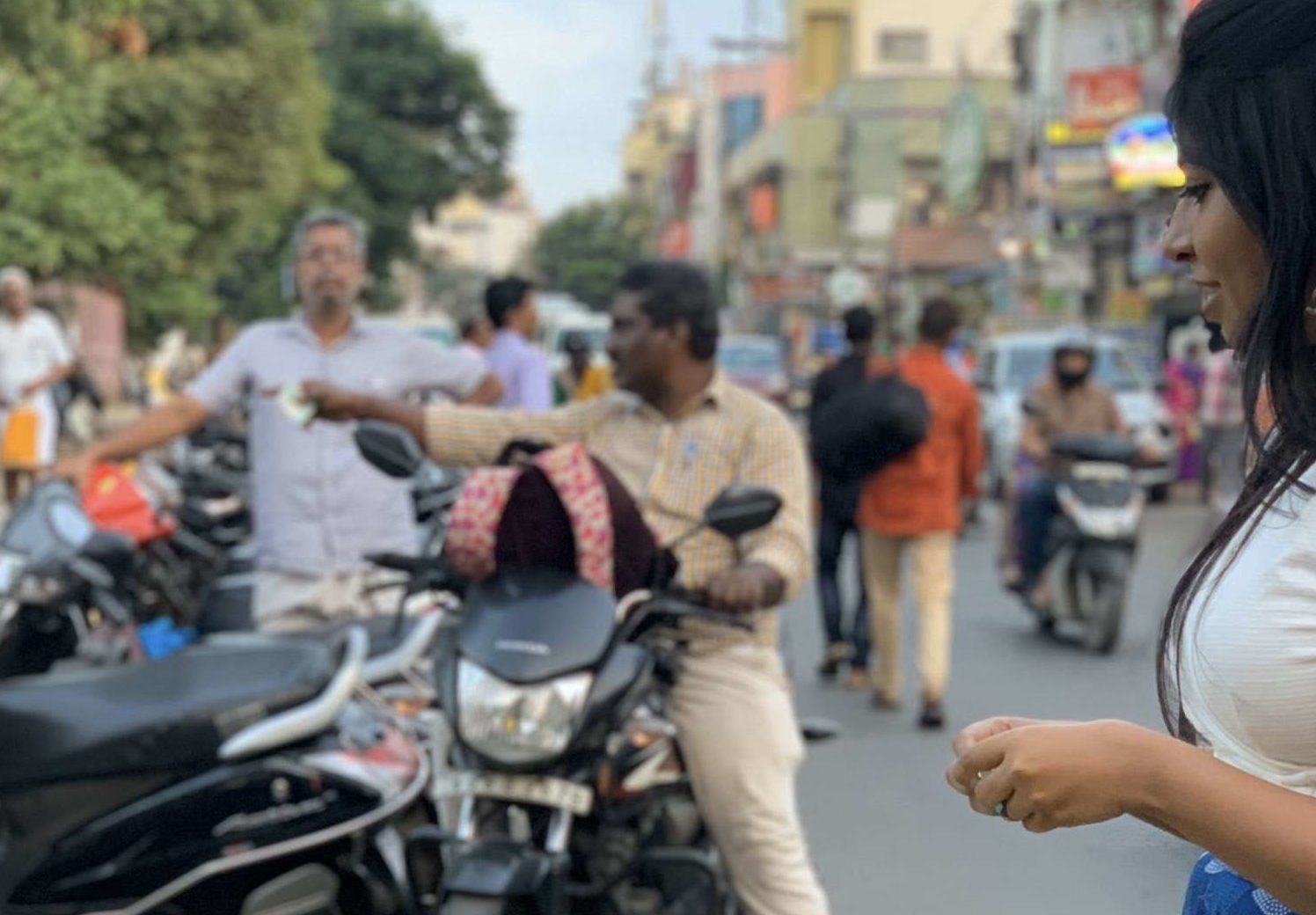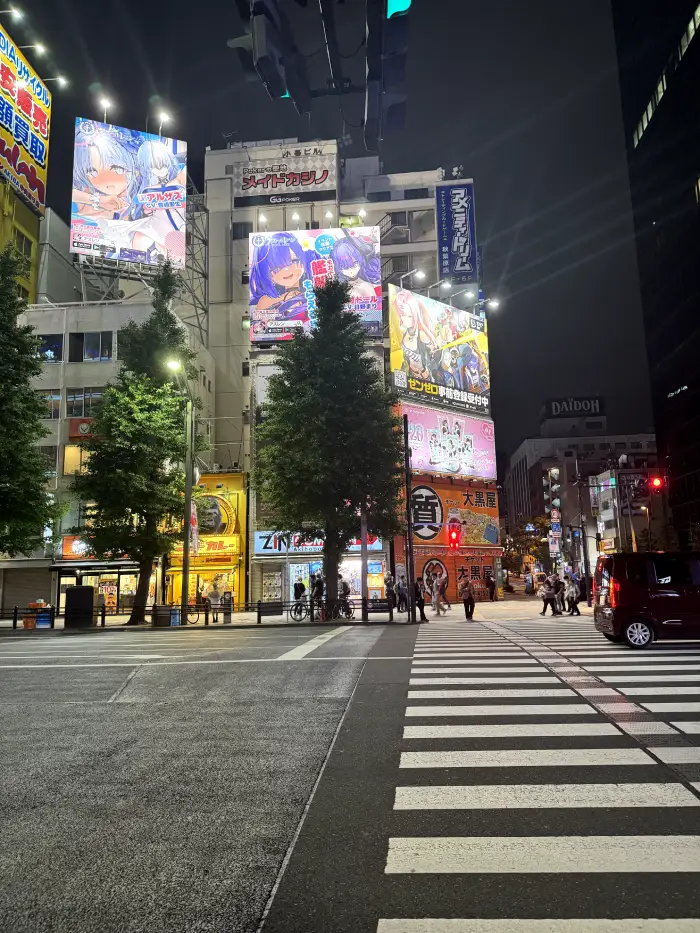India is one of the most diverse countries in the world, and you are in for a treat at every nook and corner of this vast country. Each city and state in India has its own culture and flavour. Like its food, each region of the country specializes in a particular craft that has been perfected over generations.
You cannot resist shopping in India, especially if you are female. Everywhere you look, there are so many colours, variety and local markets filled with unique things to that area alone. From Kashmir to Kanyakumari, the shopping potential in India are endless. From the colourful goods in Rajasthan’s Jaipur, Jodhpur, and Jaisalmer to Goa’s night market, the list is endless!
But while what is on offer for you to buy can change within a few kilometres in India. And you have to drive a hard bargain before buying anything in this country, or else you will end up getting duped. Though India is a beautiful country, people tend to charge way more than the actual price if they know you are not from the country. So, before you make that trip, here are 25 life-changing tips that will help you bargain like a local on your solo travel to India. Read below to know how to acquire this absolute-must skill.
1. Do your homework
Who said shopping was an easy feat? If you are looking to procure the best in a local market in an Indian city, you have to spend some doing a recce. Look up what is the unique fare in that city. If the city or area is well known for that particular craft, chances are they will be cheaper than the ones exported from other cities. If you are travelling in Rajasthan, you will find yourself in the colourful and vibrant world of bandhinis, leheriyas, and batik prints, so the items will be cheaper than those available in Delhi.
2. Observe
Don’t ever see something and buy it in the very first shop. That would be the biggest mistake, and you will probably be shelling out way more than the product’s price. It is highly unlikely that what you like is sold in just one shop in the area, so do not fret if you fail in the first shop. There’s plenty of fishes in the sea in this case!
Instead, observe and see what others are paying for the product. Or ask at least four shops. Let’s say… If four shops quote the price of a pair of trousers around Rs. 400, you will know that you are being duped when someone asks for Rs 1000.
3. Ask locals
I have found that this is one of the best tips that one could follow. The locals in India will always have an idea of how much anything costs. So before asking a local vendor, talk politely to a local and ask them how much the said commodity should be.
There is a trick here as well. English is usually not the first language in India. So first, politely ask someone if they can speak English and then ask the question. While it is not the first language, because of India’s colonial past, many speak it. So, finding someone to answer your question about the product’s price will not be a big problem!
4. Learn a few words in Hindi
Though not India’s official language, one cannot argue that Hindi is widely spoken across the country. So, it is helpful if you learn a word or two. In most cities, except cities in Southern India, you can call the vendor bhaiya, which means brother. Also, say shukriya (thank you).
When in the Southern states of the country, replace the bhaiya with anna, and it will work wonders. Ask, Kitna bhaiya while asking for the price. It is useful because the local vendors will also feel good that you have put effort into learning their language. They might even give good price for their product!
5. Start at half the quoted price
No matter what you do, a local vendor will try to make a huge profit off you. And from what I learned talking to the locals in various cities in India, this is not just reserved for foreigners.
Always know that whatever the seller quotes, the product’s price will be less than half of it. So when you ask him the price and he tells you, immediately divide it by two, and you know you are somewhere in the price range.
6. Bargain for lower than you want to pay
Bargaining is an art and one that I found Indians have perfected. The relationship between a seller and a buyer is almost like that of a husband and a wife desperately looking for a compromise to make their marriage work!
So when the local vendor tells you the price, reply with a price less than what you think is fit. It is because even the vendor knows that the price he quotes is too high. And then the fun begins! You have to keep haggling so that the last price is close to what you were willing to pay. Be bold and brave. You have to come out victorious in this game!
7. Sound disinterested
Even if something in the market catches your eye and you can’t wait to buy it, do not look too excited. The vendor will immediately get the upper hand because he knows he asks for a higher rate, and you might even go for it.
8. The tone of your voice
The local vendors are there to sell their items/souvenirs to you, and even some might try to fleece you, there are plenty who will not. So, don’t begin your interaction impolitely. They will have a problem or maybe not understanding what you’re saying or even your accent. Be patient and kind to them.
9. Never without a smile
Like in any part of the world, a smile goes a long way in India too. When you enter a shop, greet the vendor or reply if they greet you. Have a lovely smile across your face and even the staunchest of vendors will think about giving you a discount. Like I had mentioned above, always say, please bhaiya when discussing the price. A smile along with that will go a long way. Take this tip from someone who has used it.
10. Walk away if rude
If you are polite with the vendor, but if he does not reciprocate and is rude, walk away. Though Indians are generally very helpful by nature, some are not a pleasure to talk to. If you encounter such a vendor, tell him politely.
If you feel uncomfortable or harassed, look for the police nearby and complain. Also, read my blog to know if India is a safe destination for solo female travellers.
11. Be safe
While India is a beautiful country to visit, women here are not always the safest in the world. As a solo woman traveller, the local vendors might think you are vulnerable, so be aware of that. Do not go into any dark alleyways, and always keep to public places. If the vendor tells you that he has more products at the back of his shop or a nearby godown and asks you to accompany him, politely excuse yourself and walk off. Also, carry pepper spray with you in case things get a little unruly.
12. Only bargain if you are interested
A vendor’s job is to earn money through sales, and remember, while you are on vacation and have the entire day to spend shopping, he does not. So only bargain for something if you are truly interested. It makes no sense just haggling with vendors just for the heck of it. You might see some more shops during that time, and he might sell something to someone else!
13. Understand the vendor’s technique
Always remember that while bargaining might be new for you, the local vendors have done it for years. So they have already mastered the skill while you have not. So my tip for you would be to understand the vendor’s technique. He may try to feed you emotional lines like how he needed the money for his family. Be kind but do not fall prey to such traps!
Another absolute trap that all vendors set up in India is the line, ‘This is the best Indian product at the best price.’ No, that’s a lie! So do not believe such claims and spoil your shopping experience.
14. Check the product thoroughly before buying
While it is not for your naive eye to understand if a product is fake or not, look closely before you buy it. There might be stitches missing, or a slightly discoloured patch on your saree, and so on. In short, always inspect the product before buying. If you find something amiss, immediately ask the vendor for another product that is without defect.
15. Walk away
I have realised that bargaining in India is like a cat and mouse game. You bait each other till someone gives in. And a very important part of the game is walking away. When you are bargaining, the local vendor refuses to lower his price, feign disinterest, and walk away. Tell him that you won’t buy it at such a high price and walk away. But do not look longingly at the product because the vendor would immediately know you love it enough to come back.
In most cases, when you walk away, the vendor will immediately lower his asking rate. It will not be what you said, but this move means that he is open to negotiation.
16. Say you got a better price elsewhere
As I have advised you before, always ask for around the price of what you want to buy in more than one shop. Once you know roughly how much it costs, you can use this information to negotiate. Always tell the local vendor that you found the same item at a much lower price elsewhere. Remember to make it sound credible. You cannot tell them a price that they won’t believe.
When they find out that someone else is asking for a lower rate, their first reaction will be to tell you that they ask for a higher price because the product is authentic. Do not fall into that trap! Eventually, once they realise that you are not buying it, they will lower the price.
17. Be tactical when answering questions
In the game of bargaining, you will always have to be on your A-game. One wrong step, and you will lose it all. So even when the local vendors try to converse with you, try understanding their tactics. There may be questions like ‘where you are from,’ which is another way to determine how much you can pay for the product. Another often asked question is ‘how long have you been in India.’ It is the other way of them understanding how much experience you have haggling with sellers.
My tip to you will be to tell them you have been here for some weeks even if you have just arrived. It is your way of letting them know that you are not new to the game.
18. Look for MRP
If you are buying something like a bottle of water, a can of coke, etc., always look for the MRP (Maximum Retail Price). That is the maximum price that the seller can charge for something. If the MRP is missing from the product, immediately ask the seller to change it. It is illegal for someone to charge you more than what’s quoted as the MRP. As a first-time solo traveller this is an important tip!
19. Do not rush
Shopping in India is an experience in itself, and you have to savour it. So if you think you can come in and pick up a souvenir and go, you are extremely mistaken. The more time you devote to shopping, the better results you will get. So devote an entire afternoon, if possible, to shopping in a city. Take your time looking at different objects, bargain with the vendors, and don’t miss out on tasting some of the local food sold in every market.
But in case the food doesn’t agree with you, you can read my blog on how to deal with the infamous Delhi Belly to keep yourself safe.
20. Carry cash
While India is the road to digitalization, many small shops have yet to catch up to it. Most shops do not have a card machine, and even if they do, I have often found that they usually don’t work. So to be on the safe side, carry some cash with you. It will make shopping easier in India. Also, it is useful when you’re out in the local market to buy authentic souvenirs to take back home. But do not carry a wad of notes because it is extremely unsafe, and there’s an ATM at almost every corner of the streets.
21. Don’t convert into your currency
When you go shopping in India, remember that if you convert to the currency of your home country, the price will always seem meager. So, while an excess of Rs 50 is less than a dollar or a pound, you are still paying more than what you should pay. Refrain from doing so.
22. Early bird gets the worm
This is something I’ve discovered by accident during shopping in India. Most local vendors consider their first sale of the day quite auspicious. So, try and go shopping just when the shop opens for the day. The chances are that you will get the best price for your product then.
23. Buying in bulk
If you want to buy in bulk, the strategy is different from the normal one. Never let the seller know that you are planning to buy more than one product from his shop at first. When you are negotiating the price of something, drop the bomb. Tell him you would buy two or more of the same product or different ones and give him the reduced price for the products. In all probability, the seller will give you a better rate if you are buying more than one thing from his shop.
24. Fixed price shop
Though I have outlined the do’s and don’ts of bargaining like a pro in India, you might find that haggling is not your cup of tea. In that case, a fixed price shop comes to your rescue. Do not confuse this with the fixed price signs that you find in some street shops. They are just ornamental, and you can go and bargain in those shops.
The fixed price shops are bigger and not on the side of the road. It is usually a state-owned emporium, and the one thing you can be sure of here is the quality of the product and authenticity.
But on the other hand, the price in these shops are quite steep, and you have no option but to pay the price quoted.
25. Have fun
Remember that the main aim of bargaining is to have fun! It is one of the many things you must experience on your first solo trip to India. Treat bargaining like having an innocent argument with a friend. Do not lose your temper and instead have a laugh with the vendor. In short, enjoy the experience!

India is a treasure trove when it comes to things you can shop to take back home. But you just have to keep your eyes wide open, follow the tips given on your first solo trip to India, and the shopkeepers will be amazed at your bargaining skills.
You can also follow these tips when auto-rickshaws and local taxi drivers try to overcharge you. Make sure to check your destination’s price on Uber or local apps like Ola before bargaining with tuk-tuk drivers. Trust me, you’re good to go. And I’m not even kidding!
Happy travelling solo! 🙂








Leave a Reply